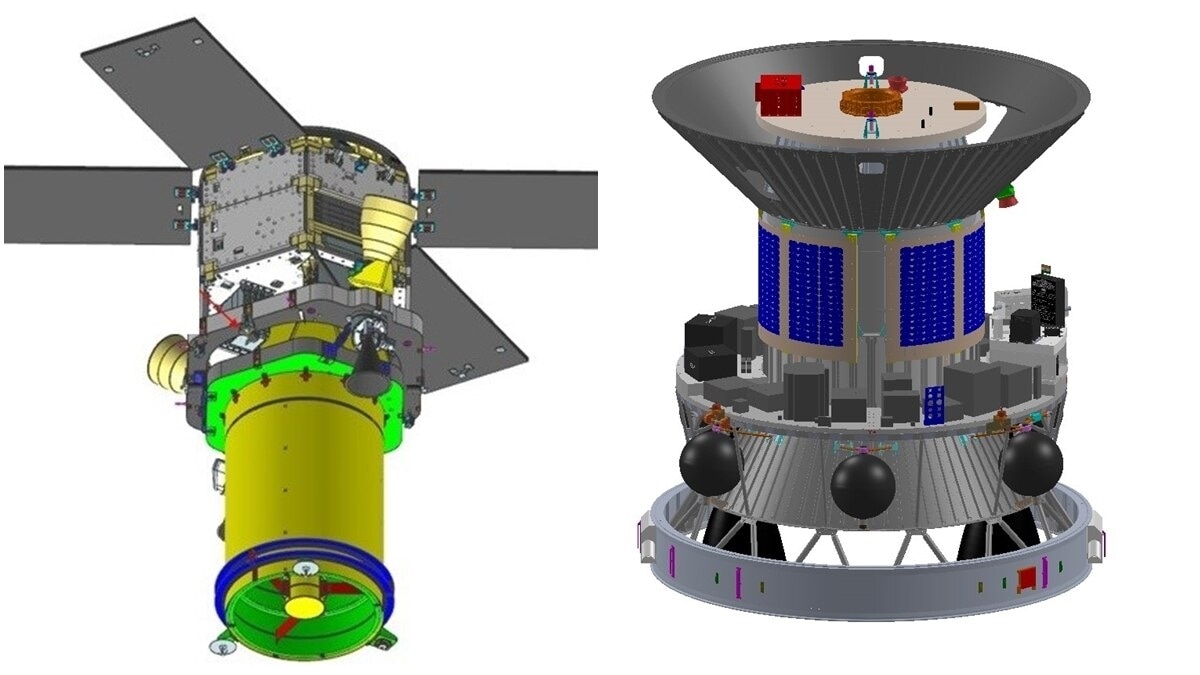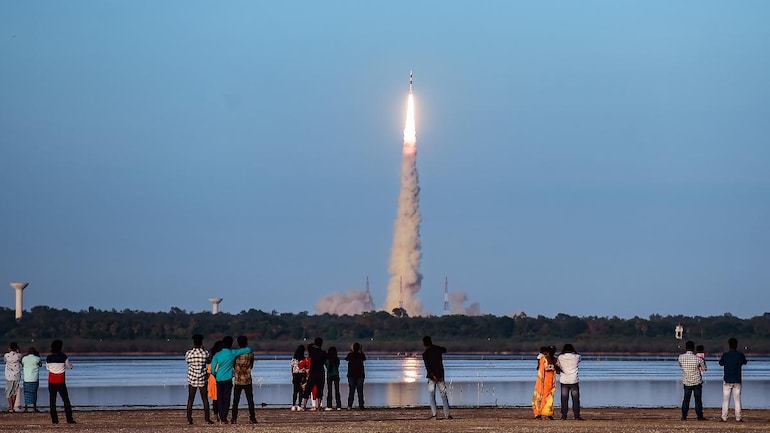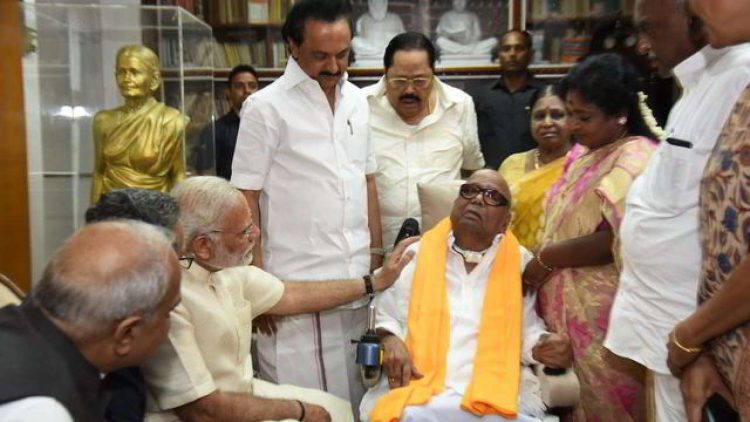The Indian Space Research Organisation (Isro) on Thursday launched three satellites for Singapore from its Satish Dhawan Space Centre, Sriharikota.
The mission also placed two small satellites, a student satellite INSPIREsat-1, and a technology demonstrator satellite, INS-2TD, a precursor to India-Bhutan Joint Satellite INS-2B.
The PSLV-C53 mission lifted off at 06:02 pm to deploy the three satellites in Low Earth Orbit (LEO).
The spacecraft carried DS-EO satellite, NeuSAR, a 155 kg satellite, and Scoob-1 of Nanyang Technological University (NTU), Singapore.

This was the second launch mission for Isro in the year and was the second commercial launch for the Indian space agency.
The DS-EO satellite carried an Electro-Optic, multi-spectral payload with 0.5 m resolution imaging capability.
Meanwhile, the SCOOB-I is the first satellite in the Student Satellite Series (S3-I), a hands-on student training program from the Satellite Research Centre (SaRC) at Singapore’s NTU School of Electrical and Electronic Engineering.
Isro is attempting a new experiment with the four-stage rocket and use the fourth stage (PS4) to perform PSLV Orbital Experimental Module (POEM) activity.
Under this, the team will perform in-orbit scientific experiments using the spent PS4 stage as an orbital platform.
DS-EO, a 365 kg and NeuSAR, a 155 kg satellite both belonging to Singapore and built by Starec Initiative, Republic of Korea.
POEM carries six payloads, including two from Indian Space Start-ups M/s Digantara and M/s Dhruva Aerospace, enabled through IN-SPACe and NSIL.
The PSLV is Isro’s workhorse and has been its most successful launch vehicle developed indigenously.
It has been launched 54 times in the past and was also responsible for launching India’s highly successful Chandrayaan-1 mission in 2008 and the Mars Orbiter Spacecraft in 2013 that later traveled to Mars.
The launch vehicle is capable of taking up to 1,750 kg of payload to Sun-Synchronous Polar Orbits of 600 km altitude.
It has also been used to launch various satellites into Geosynchronous and Geostationary orbits, like satellites from the IRNSS constellation.
PSLV is 44 meters in length and has a diameter of 2.8 meters with a lift off mass of 320 tons. The second launch pad has so far conducted 29 other launches.
This was the second PSLV mission of the year after Isro successfully launched the PSLV-C52 mission in February this year by injecting the Earth Observation Satellite (EOS-04), into an intended sun-synchronous polar orbit of 529 km altitude.









